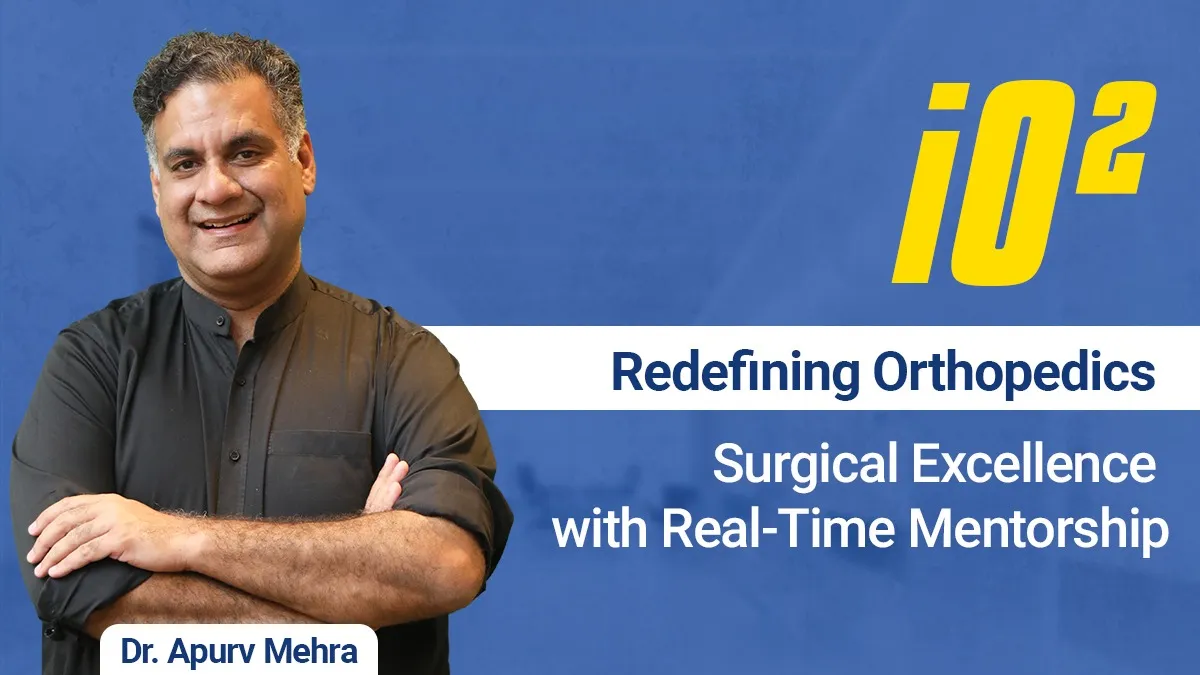Estimated reading time: 2 minutes
Each Orthopedics surgery has its own set of problems and Orthopedics surgeons often feel the need for real-time mentoring for better outcomes and overcoming challenges. Conceptual Orthopedics has successfully brought iO² (interactive Operative Orthopedics), a new-age platform that breaks the gap between knowledge and the practical execution of this knowledge in the OT. With iO², Orthopedics surgeons can experience live mentoring, step-by-step surgical guidance, and personalized learning like never before.
Key Highlights of the App:
- Quoting Prof. Dr. S. M. Tuli: “A surgeon has to be lucky every single time.”
- Surgeons often wish for real-time guidance during surgeries to improve outcomes.
- Team eConceptual created interactive Operative Orthopedics (iO²) to bridge this gap by enabling interaction between surgeons and mentors during surgeries.
- iO² provides step-by-step guidance for surgical procedures and mentorship in the operation theatre.
- The initiative, named iO² (interactive Operative Orthopedics), will launch on January 26, 2025, with pre-booking started on December 25, 2024.
- iO² ensures planned surgeries in the OT, with subscribers notified a day prior about the next surgery (e.g., robotic knee replacement, anterior hip replacement, complex trauma cases).
- Surgeons can request specific surgeries and participate in live demos with a small group (4–5 students).
- The program includes live surgical demonstrations, 1:1 mentorship, pre-surgery planning, and post-surgery Q&A sessions.
- iO² encourages skill enhancement, stress management, and learning from experienced mentors.
- In the long run, participants will receive virtual assistance during their surgeries and evolve into collaborative learners.
- Inspired by Prof. Tuli’s philosophy: “Learning never ends.”
A detailed surgical demonstration was shared, explaining the exposure of the median nerve in the distal forearm, with key steps:
- Position the patient supine with the arm supinated on a hand table.
- Apply a pneumatic tourniquet after S-mark exsanguination.
- Mark the incision between the tendons of the flexor carpi radialis and palmaris longus.
- Sequentially incise the skin, subcutaneous tissue, superficial fascia, and deep fascia.
- Use scissors to dissect perineural fat and visualize the median nerve.
- Identify the median nerve by its distinct epineural blood vessels and texture, avoiding confusion with tendons.
iO² aims to make surgical learning interactive, practical, and directly applicable in the OT.

